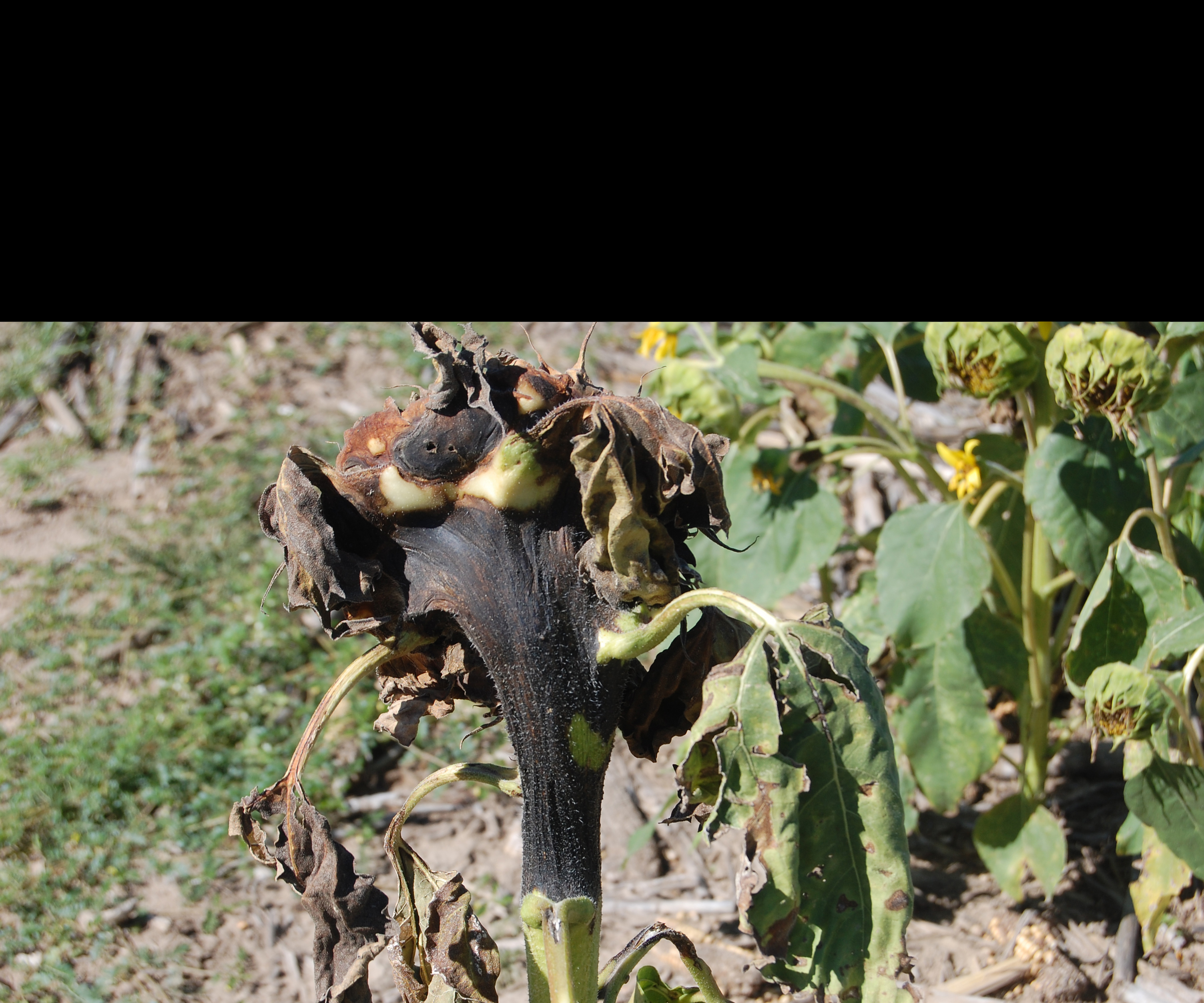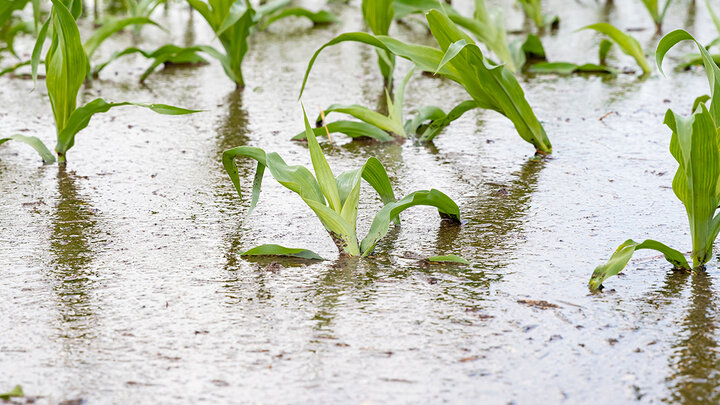By Robert Harveson, Extension Plant Pathologist
Pathogen
In the High Plains Region, several diseases of sunflower, including leaf spots, stem lesions, and head rot, are caused by A. helianthi (Hansf.) Tubacki and Nishihara, and A. zinniae M.B. Ellis. Both pathogens can be seedborne or overwinter in crop residue on or near the soil surface.
Disease Symptoms
Dark brown oval to circular spots with a target board appearance can form on heads, leaves, petals, petioles and stems. Stem lesions start as black flecks or streaks that can later girdle or cover large areas of the stems. Symptoms usually do not become noticeable until after flowering. If disease is severe, plants may be defoliated prematurely and die, frequently lodge, or suffer rotting of heads. Yield losses may occur through reduced head diameters, number of seeds per head, and oil content or quality.
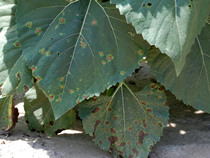
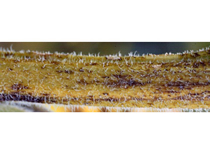
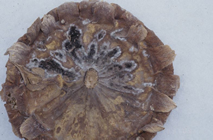
Favorable Environmental Conditions
Infection and spread is favored by warm, humid conditions and extended periods of leaf wetness.
Management
Resistance
No resistant cultivars are available.
Cultural Practices
Disease is managed through practices that such as crop rotation and tillage operations those bury and rapidly promote residue decomposition. Early planted fields are generally more susceptible to severe disease losses than later planted ones. Plants are most susceptible at flowering and during seed fill.
Chemical/Biological Control
No fungicides are available for economic control.
